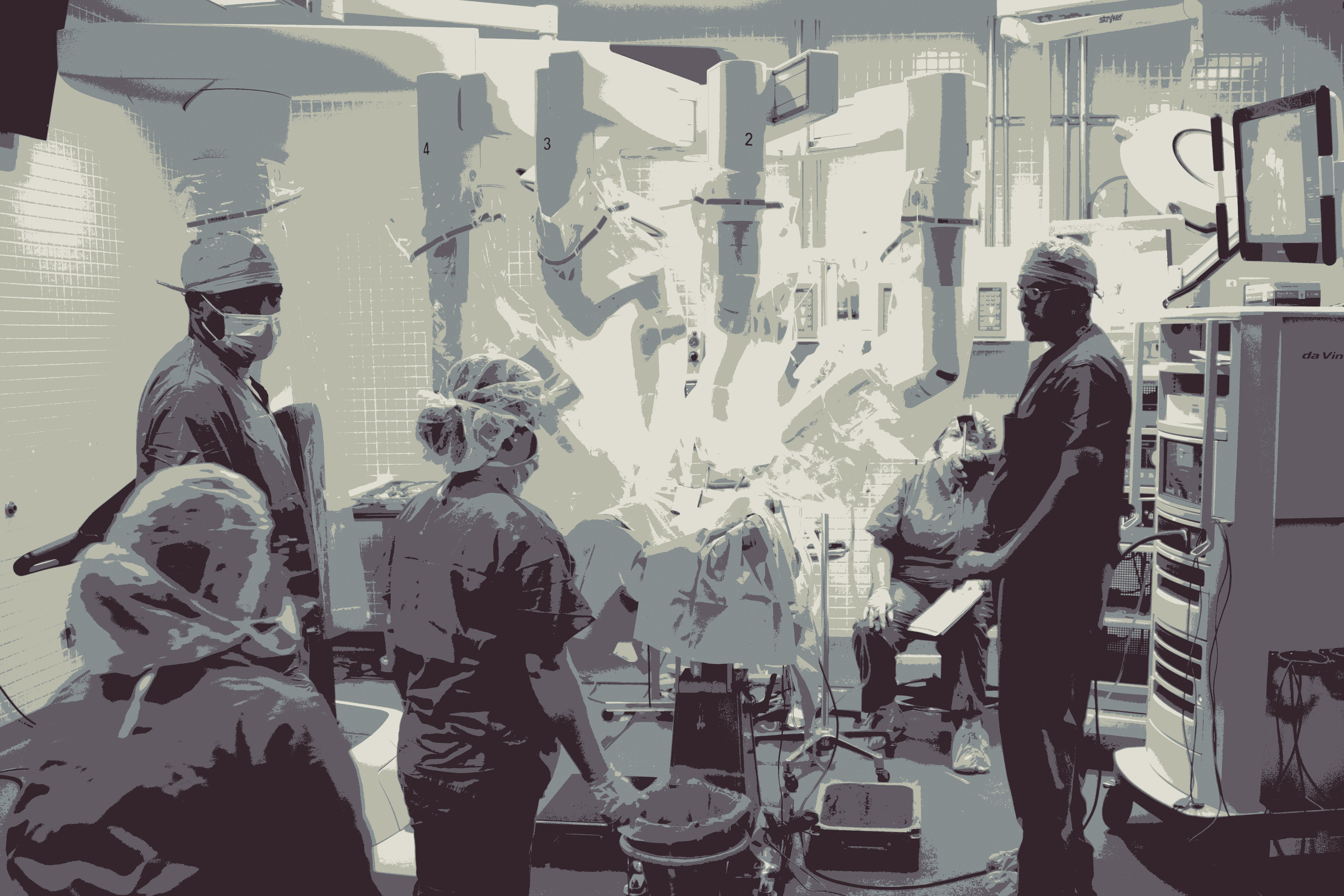

Military medics used to paint their helmets or wear armbands with red crosses to make themselves more visible, signalling to the enemy that they, and the soldiers they cared for, were not combatants. In a once widely respected humanitarian rule of war, they were not deliberately targeted.
But they can no longer count on such principled behaviour. Today terrorists target medics as well as the wounded men and women they try to help.
Wounded soldiers’ best chance at survival comes with aid in the first 30 minutes. And if they can be evacuated to a field hospital within 60 minutes, a period known as the golden hour, their chances of survival rise to as much as 97 per cent.
But too often, under fire, it’s humanly impossible for help to arrive in time; nearly all Western military personnel killed in action bleed to death or die of shock on the battlefield. Terrorists bank on it and do everything in their power to delay rescue.
But what if the soldier’s own uniform could begin staunching blood and administering antibiotics before help arrives? What if headquarters could instantly be notified that a soldier had been wounded and automatically summon help?
And what if no lives were placed at risk to rescue the wounded? Imagine a robot resembling a small tank crawling across a battlefield. When it reaches a wounded soldier, it unfolds like a multi-armed Transformers action figure and immediately assesses injuries and starts treatment. Once the wounded soldier is stabilized, the robot picks up and transports the patient to safety, or calls for an unmanned vehicle or ambulance drone to do the job.
All these innovations now exist, if only in prototype. Other technological advances may help prepare troops for battle, prevent or limit injury, deliver aid directly to the wounded, guide medical decisions in the field, begin treatment of wounds and injuries, extract casualties from the battlefield and improve hospital treatment—even to the point of growing replacement skin or 3D printing internal organs.
“We’re looking at many technological advances to overcome vulnerabilities on the battlefield,” said surgeon Lieutenant-Colonel Andrew Beckett, trauma adviser to the Canadian Armed Forces surgeon general, who spoke at a workshop on the future of battlefield medicine at the Canadian Institute for Military and Veteran Health Research (CIMVHR) forum in 2018.
Beckett said there are several promising developments underway: drones for casualty evacuation; monitors embedded in soldiers’ clothing that detect wounds, measure blast exposure and take vital signs; many applications of artificial intelligence; and safe, reliable blood products that can be readily transported and easily stored.
It is not always possible to airlift casualties and quickly transport them to hospital by helicopter—a feat responsible for remarkable survival rates during recent conflicts. “We can’t always count on having air superiority,” Beckett said.

Artificial intelligence will be able to crunch the reams of data coming from the battlefield, so commanders will know better how many casualties there are, which need to be tended to first, where to assign limited resources and where supplies should be directed.
“The future space of battlefield medicine is vast,” said U.S. Navy Captain David Whittaker in a blog following a symposium on emerging medical technologies and battlefield care in February. “Machine learning and artificial intelligence offer a tremendous opportunity to address the scale of battlefield medicine’s challenges.”
Biometric sensors can be embedded in the soldier’s uniform and personal equipment to detect blast overpressure, changes in heart rate and blood flow, and send out a homing signal. Uniforms with built-in tourniquets are now available, and research continues so they will be able to detect bleeding and be automatically or remotely deployed.
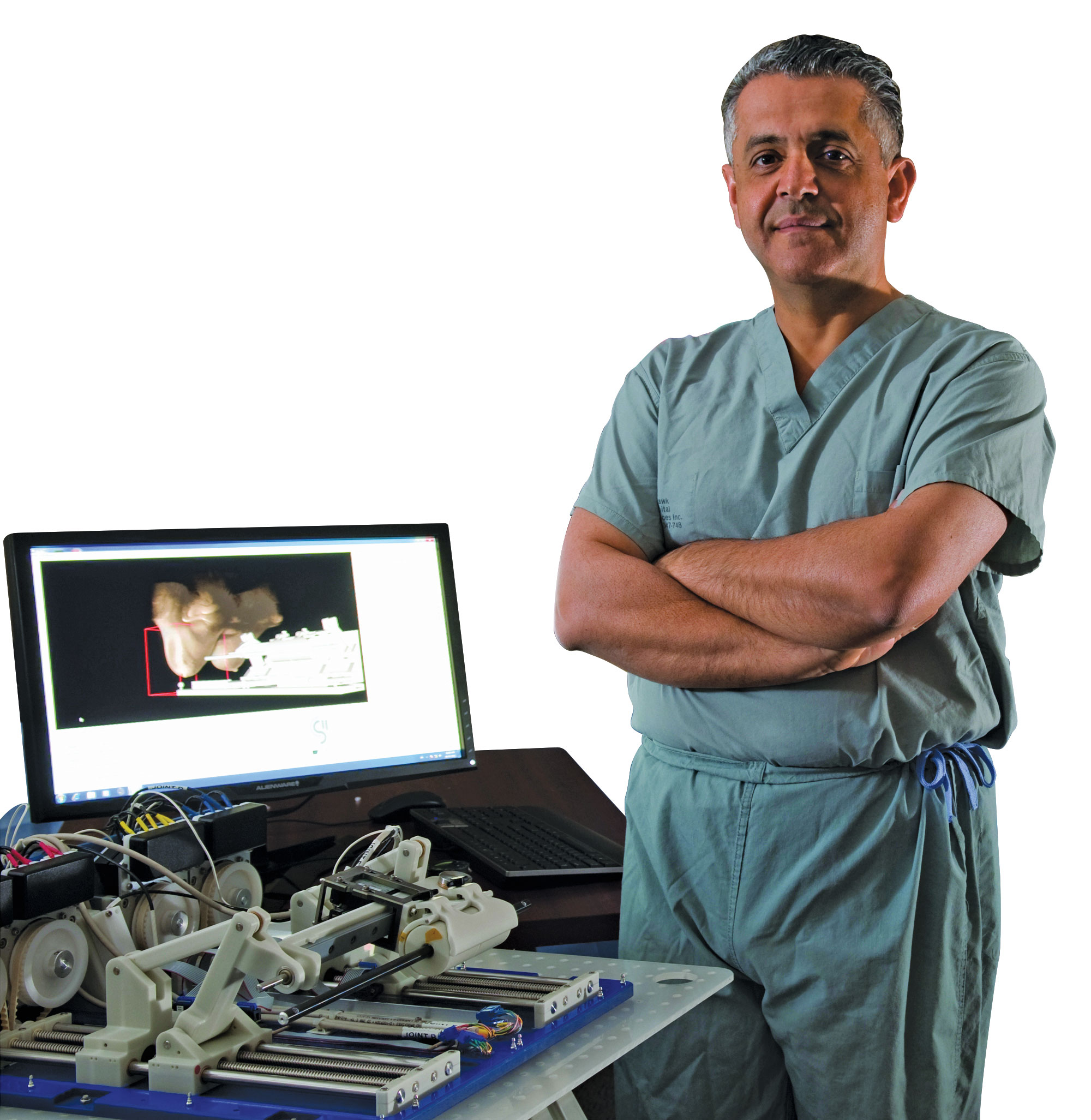
The U.S. army is looking to technology to help it achieve its goal of zero preventable battlefield deaths, Colonel Michael Davis said in an interview with the digital publication Task & Purpose. It can bring medical equipment and knowledge to the injury, taking advantage of every second in the golden hour.
The U.S. Defense Advanced Research Projects Agency (DARPA) hopes to stretch that hour by developing technology to put wounded troops into stasis, slowing down cascading events that now lead to death. It is studying tardigrades, the most robust animals on the planet despite their microscopic size.
Technology that can be worn, carried or placed within the body can prepare soldiers for wounds and injuries long before their boots hit the battlefield.
“We should be monitoring all soldiers, all the time, looking for patterns of injury or other signs for early detection,” said Lieutenant-General Nadja West, the U.S. army’s surgeon general, in 2018. “We can do better when every soldier is a sensor we can continuously monitor.”
The American army and navy are researching nanosensors embedded in uniform fabric. These tiny devices will monitor vital signs and detect and judge the severity of wounds, then stream that data to medical headquarters anywhere in the world. Embedded global positioning software can locate an individual soldier who needs help, and produce an instant map displaying the number of wounded or killed. France is developing tiny unmanned aerial vehicles to deliver that data.
Medical robots are increasingly used for training, too. The Chinese army has developed a robotic training aid for medics. It looks human, down to having breath and a pulse, and is equipped with three dozen sensors that can simulate hundreds of different injuries. Unlike real patients, it can’t tell the medics where it hurts, but it can give feedback on how well the medics are doing their job.
Defence Research and Development Canada is working on pharmaceuticals to protect troops against biological and chemical weapons and sensors to detect such threats. Among drugs in development are an inhalable broad-spectrum anti-viral drug for protection against more than a dozen deadly viruses as well as an antibody that can be used to prevent and treat ricin poisoning, a deadly toxin that has been used as a weapon, particularly for assassinations.

WHEN HELP IS DELAYED
American military gear and apparel manufacturer Blackhawk has developed uniforms with tourniquet systems built into the sleeves and pant legs, overcoming several battlefield hurdles: when the patient becomes unconscious and can’t apply the tourniquet; when the medic can’t get to the patient, or to the wound due to all the protective gear and equipment the soldier is wearing; or when there is no tourniquet to be had.
University of British Columbia biomedical engineering student Massimo Cau received the $30,000 2018 Royal Canadian Legion Scholarship to research the use of wearable protection to control challenging or difficult-to-reach bleeding.
Many armed forces, including Canada’s, provide all troops with tactical combat casualty care training, so battle buddies can begin emergency care before medics arrive. Medical cellphone apps have upped the game, although they do not, as yet, have all the capabilities of a “Star Trek” tricorder.
The U.S. Defense Department is funding research into helmet cameras that can record the treatment medics provide and connect them to expert help located far away.

The Royal Army Medical Corps tested out such a medical app in 2018 and declared it worth its weight in gold. Among features tested was a camera linking medics in Oman to medical experts in the United Kingdom. The technology allowed medics to overlay X-ray images onto patients to enable precise treatment instructions. “This thing could genuinely be a leap forward,” said Lt.-Col. David Wilson in an interview with the British Forces Network.

But what if the medic can’t reach a more experienced person? Artificial intelligence can guide them through certain procedures.
Doctors need to know trauma patients’ vital signs, which when checked manually takes up time during the golden hour. Wearable or embedded sensors can relay that information immediately to medics, allowing them to more quickly determine who needs help first and to start that treatment faster.
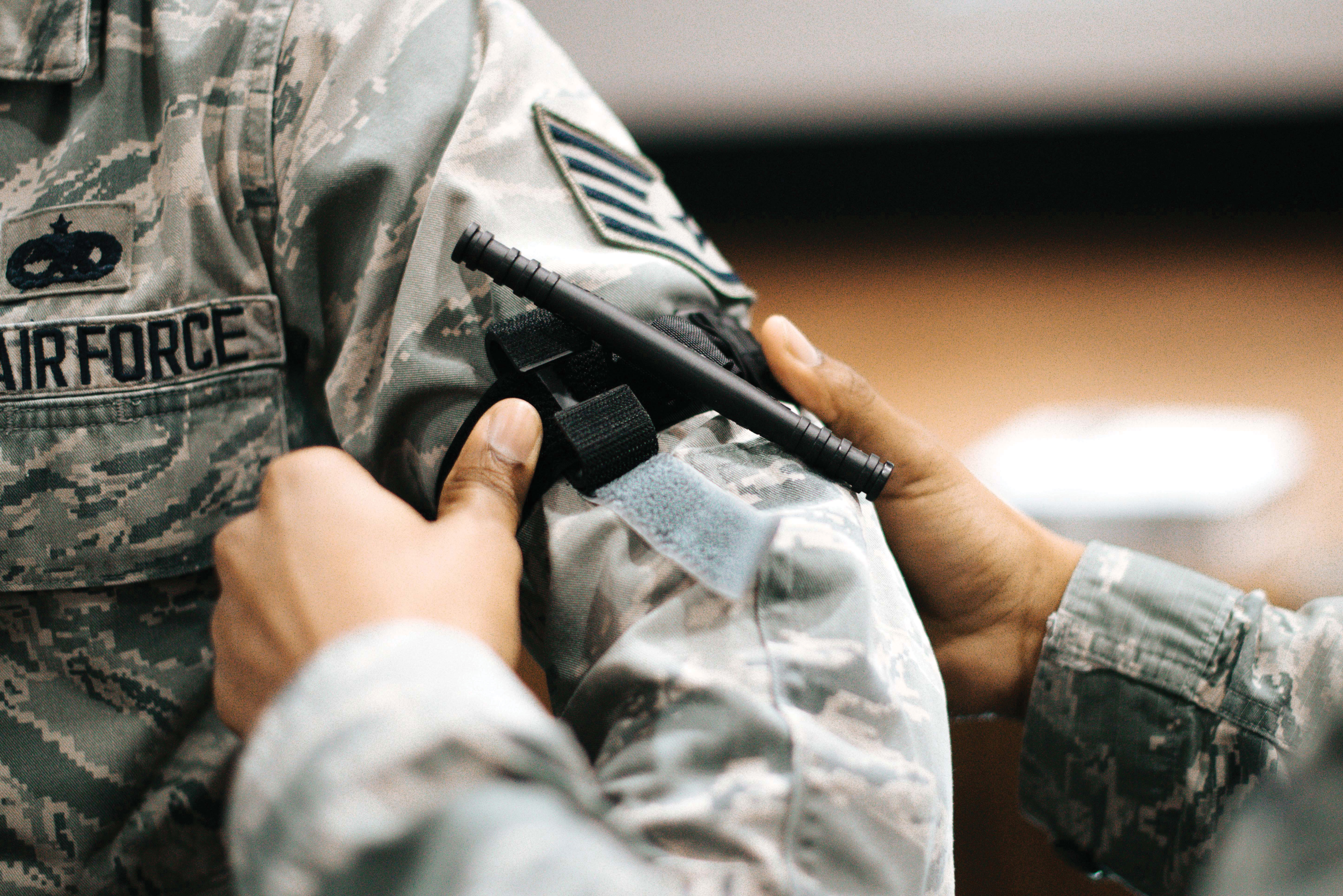
The U.S. air force’s cellphone app Batdok (Battlefield Assisted Trauma Distributed Observation Kit) relays data from wireless sensors on patients to pararescue jumpers, allowing them to know which patients are in danger and what their vital signs are. The U.S. army’s Medhub (Medical Hands-free Ultra-wideband Broadcast system) relays, stores and shares data from patients’ sensors, allowing medics to focus on patients without the need to fill out documentation. Receiving hospitals know the patients’ status in advance and begin treatment instantly when they arrive.
The apps can also relay information about medical supplies, which can be delivered by drones.
MEDICAL EXTRACTION AND EVACUATION
Drones can also be used to carry wounded soldiers to field hospitals. Drone ambulances, capable of carrying a patient 100 kilometres in about an hour, are being tested by the British, Australian, Israeli and American militaries, among others.
Benefits of such drones, said researchers with the Royal Army Medical Corps, include reduced risk to human life, reduced cost, rapid transfer and the ability to go where conventional aircraft cannot. But downsides include the enemy’s ability to shoot them down, limited care during transit, and user acceptance.

Robots are also being designed to transport the wounded overland in situations too risky for humans. The U.S. army developed one of the first, BEAR (Battlefield Extraction Assist Robot), a human-sized tracked robot. Cameras and microphones allow it to hear and see, locate a casualty, kneel down, pick up the soldier, and negotiate back to safety over even rough terrain.
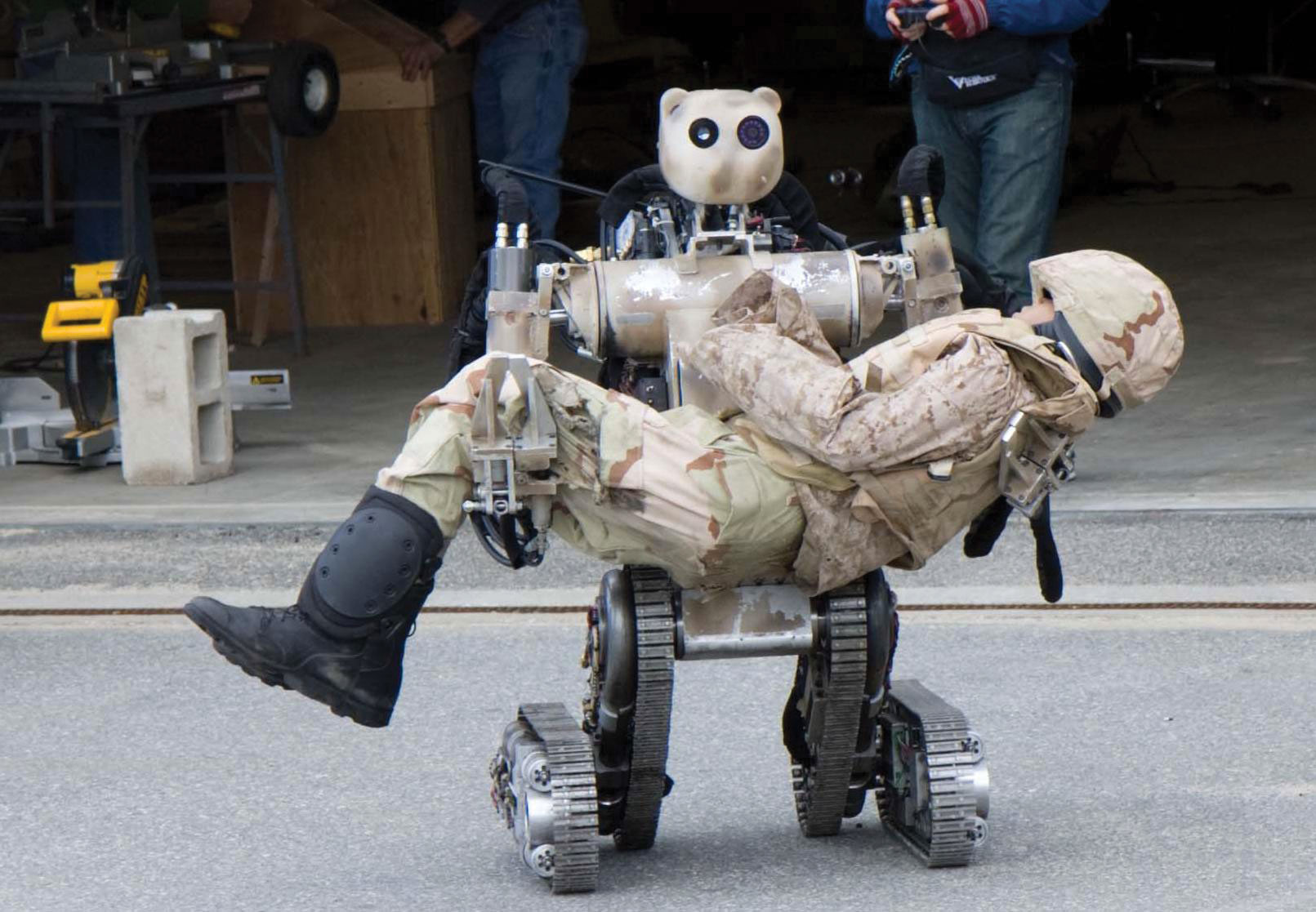
The project was sidelined by cost-cutting measures in 2011, but each generation of experimental extraction robots has improved on the last. Newer models have onboard 3D ultrasound imaging and some can autonomously assess some injuries. Medics can operate the system remotely to begin treatment, meaning these mechanical medics could be deployed with soldiers into dangerous situations.
Drawbacks include cost and an inadequate power supply for long missions, wrote Flying Officer Gary Martinic in the Journal of Military and Veterans’ Health. However, costs will reduce as more are produced, making them attractive to world military forces wanting to save on human power or minimize risk of death or injury.
ROBOTIC SURGICAL SYSTEMS
In future, robots could be delivering those casualties to unmanned surgical suites where docbots would administer initial treatment.
The world’s first robotic surgical procedure was performed in London in 1992; now nearly a million robotic-assisted operations are performed annually.
Robotic assistance allows for minimally invasive surgery: a tiny incision is made by a human surgeon manipulating a computer-controlled robotic arm, which “sees” what human eyes cannot, employs tiny scalpels in spaces too small for a human hand, and uses tiny tools to stitch up the wound. Smaller, more precise incisions result in less bleeding, faster healing, fewer infections, less pain and smaller scars.
Subsequent generations of surgical robots have become more and more sophisticated, thanks in part to research by both DARPA and NASA, which kick-started this whole area of research in the 1970s with a suggestion that remote-controlled robots could perform surgery on astronauts, an idea picked up by the U.S. army in the 1990s.
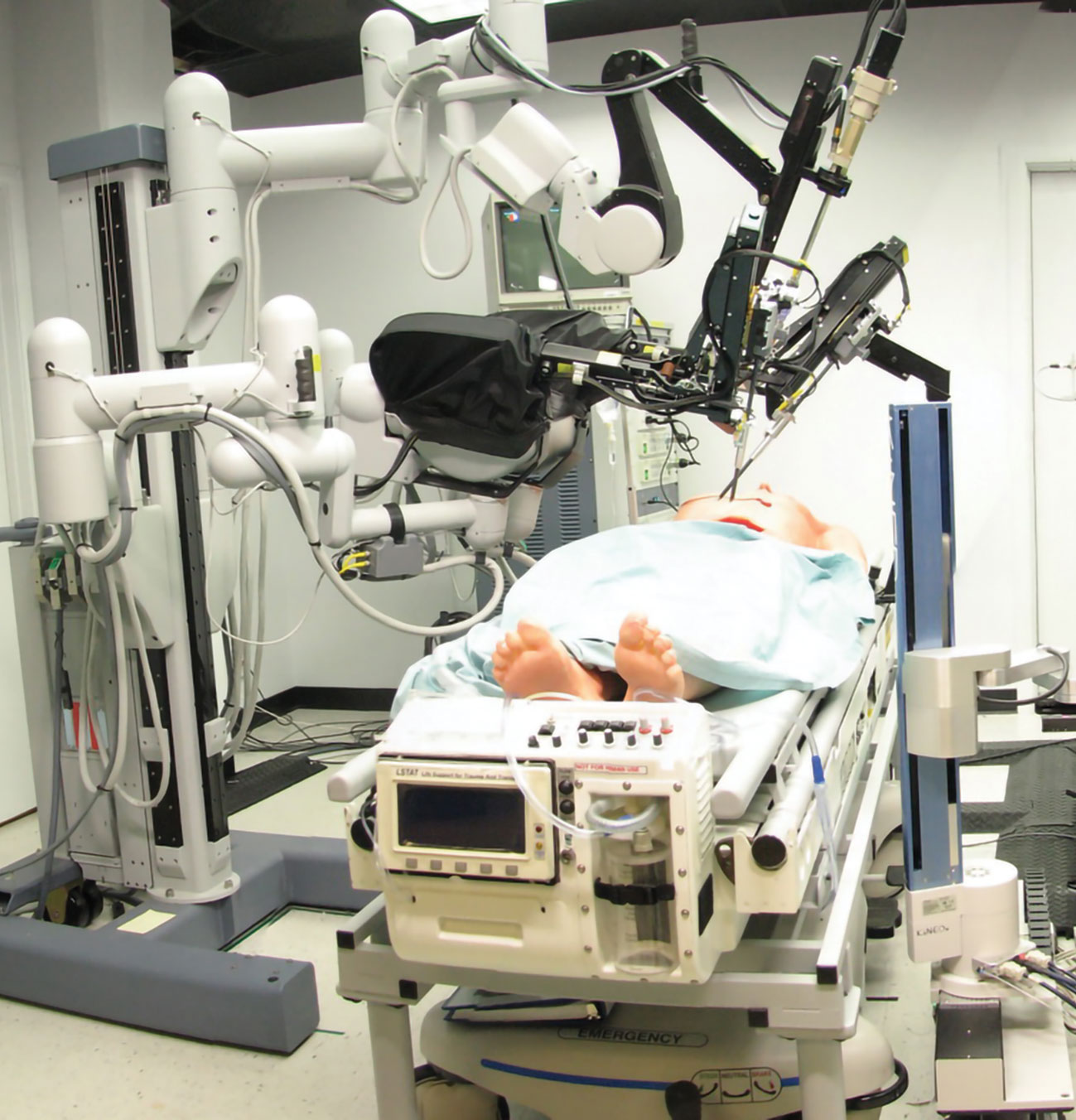
One of Canada’s first tele-robotic surgeries was performed on a patient in North Bay from a distance of 400 kilometres by Mehran Anvari, a surgeon at
St. Joseph’s Healthcare Hamilton, in 2003. For now, however, autonomous robotic surgery is still in the future, although a robot can autonomously perform specific task-oriented procedures, such as stabilizing a broken leg, if it has access to imagery, said Anvari.
“We have just tested the first autonomous surgical robot to show that autonomous robotic surgery is feasible,” he said. “We’re applying for funding to develop the first clinically autonomous system for ablation of tumours in solid organs.
“But autonomous robotic surgery is still a few years away.” When it arrives, he said, “I think it certainly will change the dynamics and hopefully save a lot of lives on a battlefield.”
Anvari has worked with the Canadian Space Agency and NASA to develop tele-surgical technology and autonomous robotic surgery for long space missions—to Mars, for example—but “the technology is not going to be ready for a long time.”
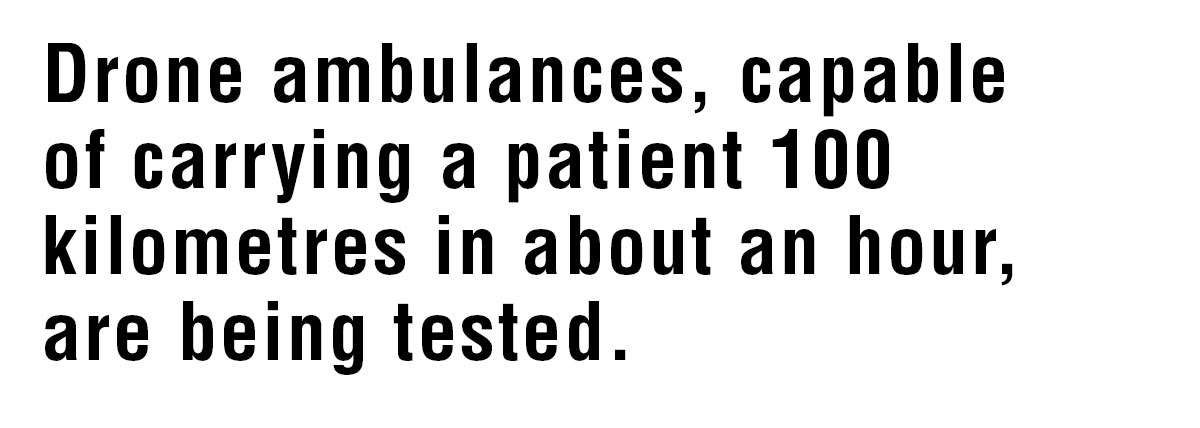
Militaries around the world are investing in research of such semi-autonomous technology for use in situations where surgeons are not accessible, such as a battlefield. DARPA is developing a Trauma Pod, a futuristic unmanned field operating room featuring surgical robots, robotic assistants and life-support systems. The patient would be the only human in the room.
But surgery remains robot-assisted, at least for now. But not forever. Technology still has hard limits that can only be overcome, well, by technological advances.
“Ideas are sometimes way ahead of technology,” said Anvari. Artificial intelligence will break through the boundaries of human ability, “not to mimic how surgeons would approach conditions,” but to develop new approaches entirely.
TECHNOLOGICAL TROUBLES
All that equipment on the digital battlefield has to be powered by batteries. Worldwide demand for military batteries is projected to grow by 31 per cent in the next five years. American soldiers going on a 72-hour mission carry nine kilograms of batteries. In Afghanistan, Canadian troops carried more than the recommended maximum weight—up to 65 per cent of their body weight, according to Defence Today—loads that limit their mobility and threaten their health.
The U.S. army is developing a universal battery charger, integrated into uniforms, that can charge different kinds of batteries and devices at the same time. The British are investigating uniforms that can draw power from the sun in daylight and a soldier’s body at night.
“Many things are not ready for prime time yet,” said Beckett. And there’s the age-old problem when technological upgrades meet the reality of budgets. As many participants in the CIMVHR forum pointed out, military money tends to go first to the pointy end—to weapons and combat equipment.

“For the Australian Defence Force, the potential utility of these technologies—and ultimately their effectiveness and reliability on the future battlefield—will (depend upon) detailed cost benefit analyses,” said Martinic.
“But no matter what you do,” said Beckett, “you can’t ignore the future. We have to invest in new technologies.” Use of artificial intelligence, he said, “will allow us to make better decisions about where to put our limited resources.”
In future, no doubt, those limited resources will include many devices for diagnosis and treatment that will be as foreign and far-fetched to us as today’s practices would be to First World War doctors and nurses, who did not have the advantage of things we take for granted today, such as antibiotics, a reliable blood supply, wound dressings that clot blood, and aerial evacuation of the wounded.
Sadly, the one thing common across all ages of warfare is the horrific effect of battle on the human body, and the continuous need for medical innovation to save lives of soldiers, sailors and aircrew.
Advertisement












